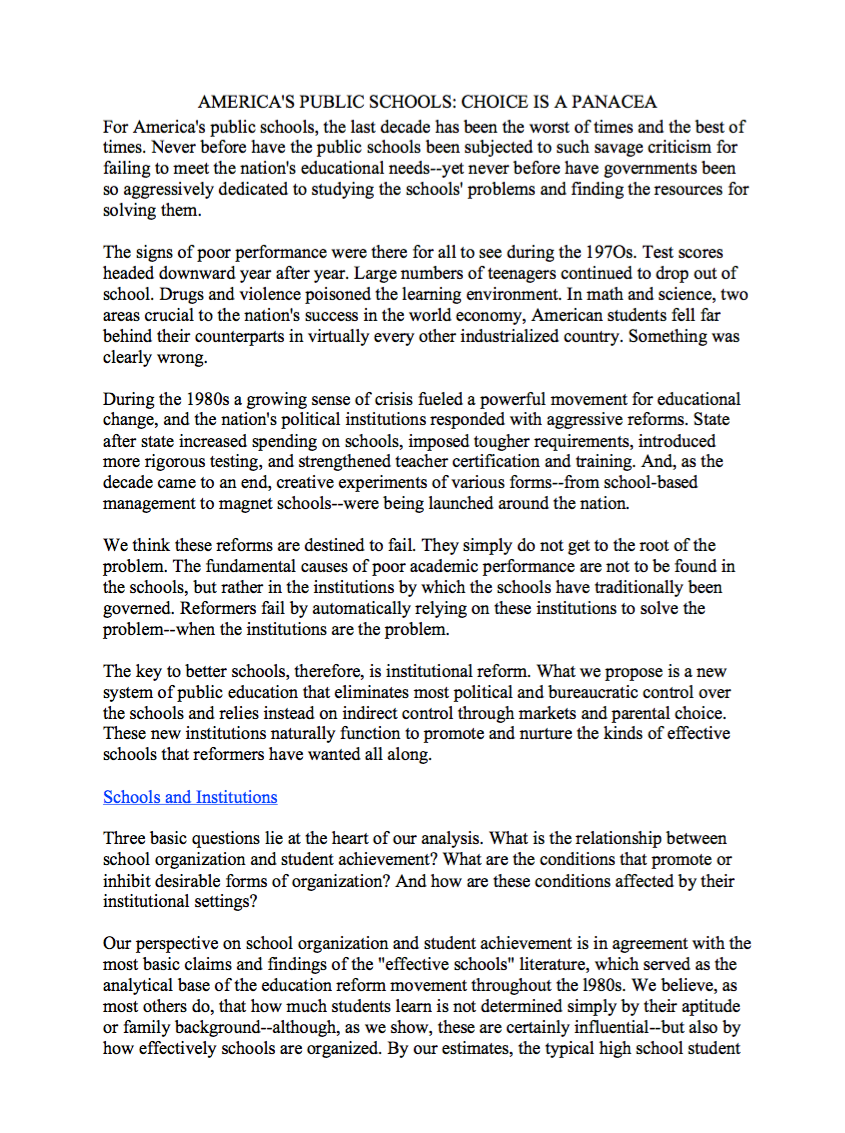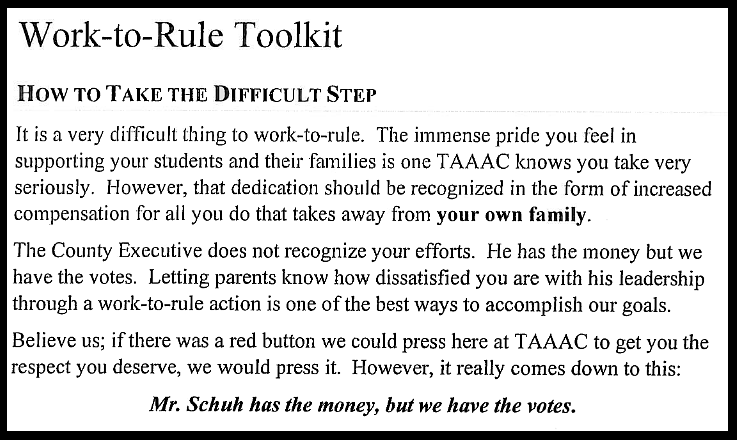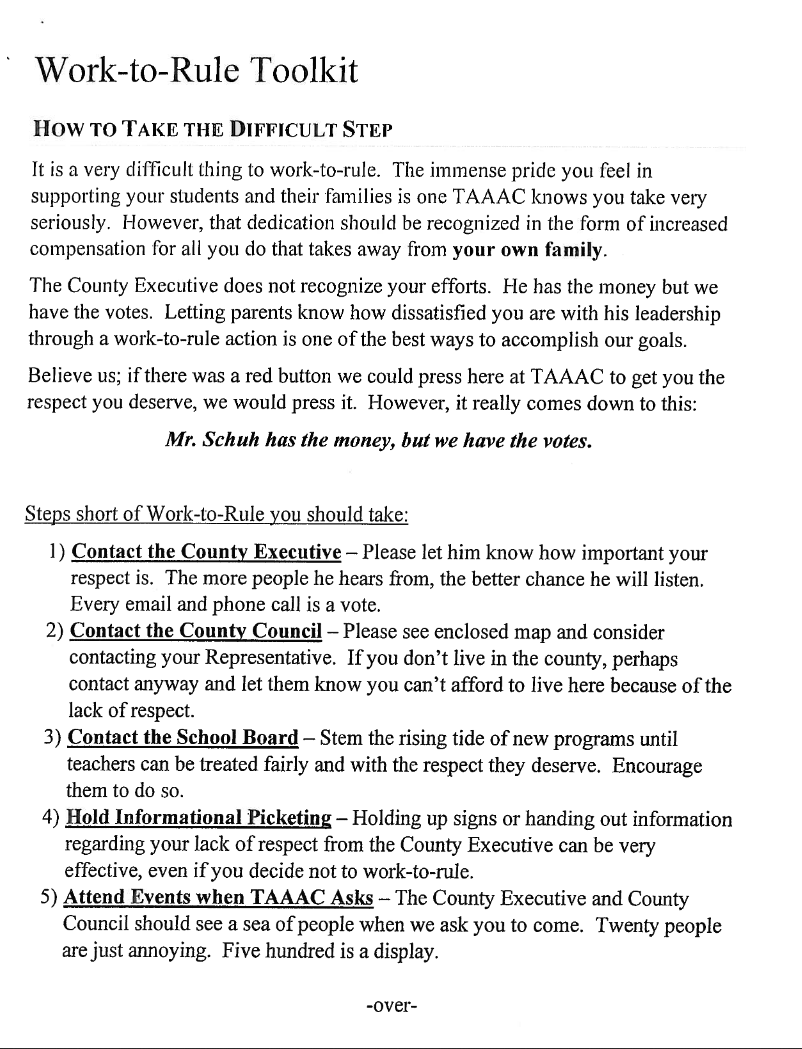
In Wisconsin, unions are required to recertify every year under Act 10. If a union is not recertified, it means that the state is no longer required to collectively bargain with them.
Last year, about half of public school teachers unions affiliated with Wisconsin’s largest statewide association voted to recertify themselves for another year, according to the Milwaukee Journal Sentinel
The Kenosha Education Association clearly wants to maintain collective bargaining power, even though bargaining ability is extremely limited, so much so that it flew a plane over the city reminding teachers to vote for recertification. What a great use of union dues.


















From CER to TFA
I have been an intern at The Center for Education Reform (CER) for six months and I am very excited to be ending my first semester of senior year with a job offer through Teach for America (TFA). Though controversial in the media, I believe Teach for America is the best place for me to expand my interest in education policy. By entering the classroom as a special education teacher, I will witness firsthand the struggles CER works to overcome at a state and national level. Going from CER to TFA is a logical and exciting jump that I am eager to take on.
My path to CER began in a junior year Foundations of Education class, with a zealous professor who was not only a TFA alumna but who also had worked in curriculum development at Elsie Whitlow Stokes and the Yu Ying Academy, two case-to-point examples of charter success in urban education here in DC. She showed our class Waiting for Superman, and I was hooked. One teacher or school district could not solve the problems facing the schools chronicled in Superman: public schools, particularly in low-income, high-need areas, were simply not working; whereas charter networks that focus on high standards were. Charter school success was so prominent in these areas that parents and students agonized to join them on waitlists. Two TFA Alumni founded the KIPP network, and current Chancellor of DC Public Schools Kaya Henderson is also an alumna of the organization. I am excited to join the ranks of such prominent education reformers.
Like charter schools themselves, TFA is often maligned for following a non-conventional path. Charter schools succeed by making their own standards for students and allowing for teachers to take autonomy in the classroom. TFA teachers, though not following a traditional path to the classroom, take the same risks and embody the same reformer spirit. Charter schools offer a solution. Those who oppose reform naturally oppose both TFA and the charter school movement in favor of preserving the status quo: the status quo that is failing some of our most vulnerable students. I’m glad my time at CER helped to foster my interest in education policy and bring the same zeal to my future students.
Emma Dodson, CER Intern